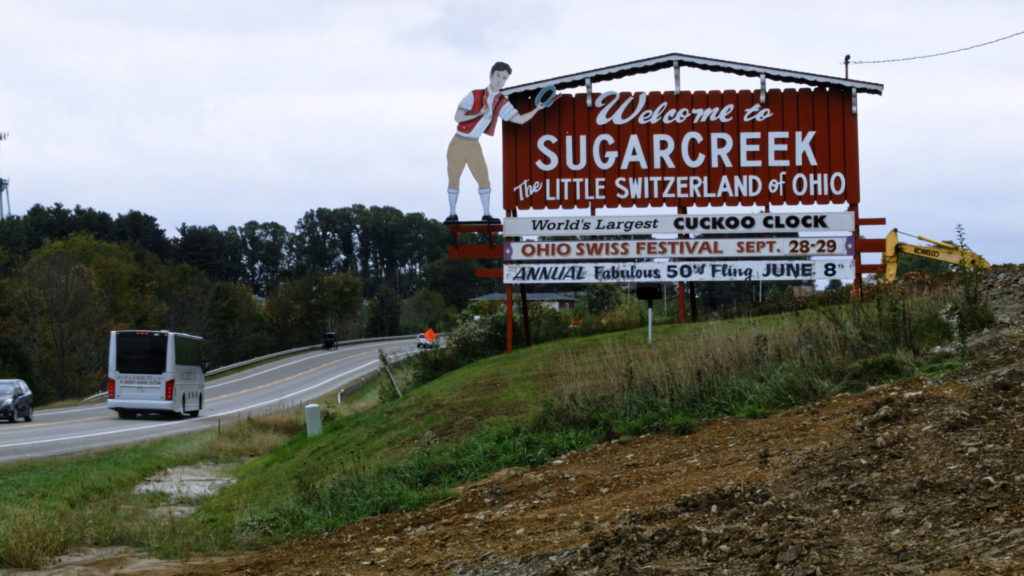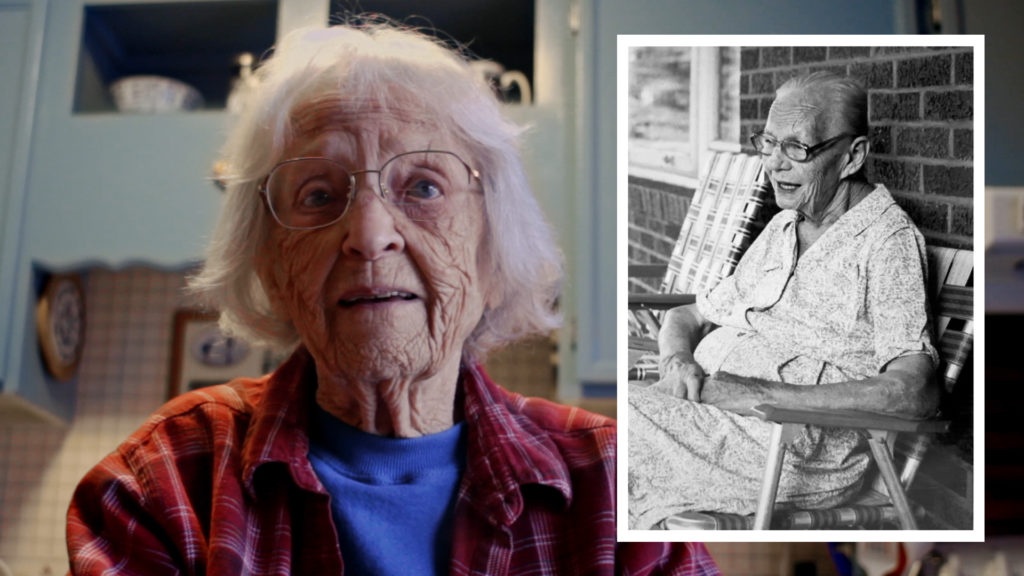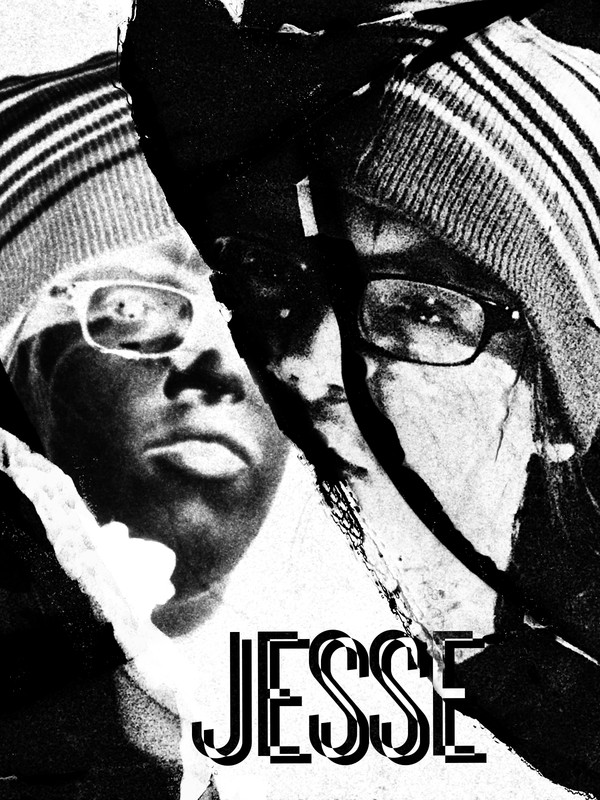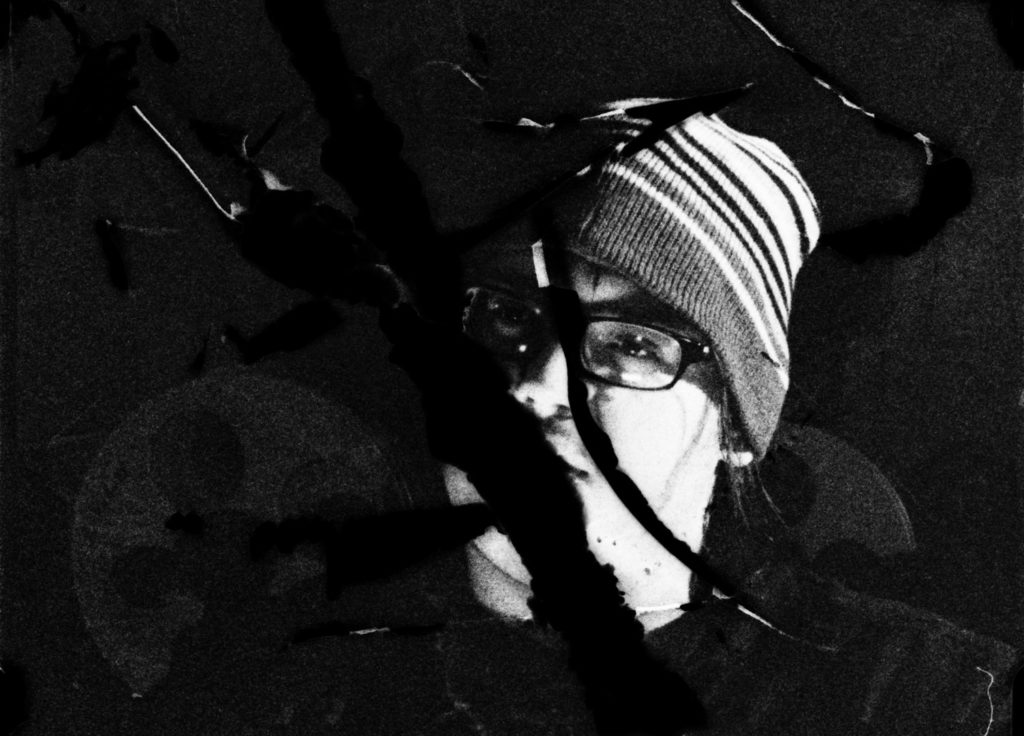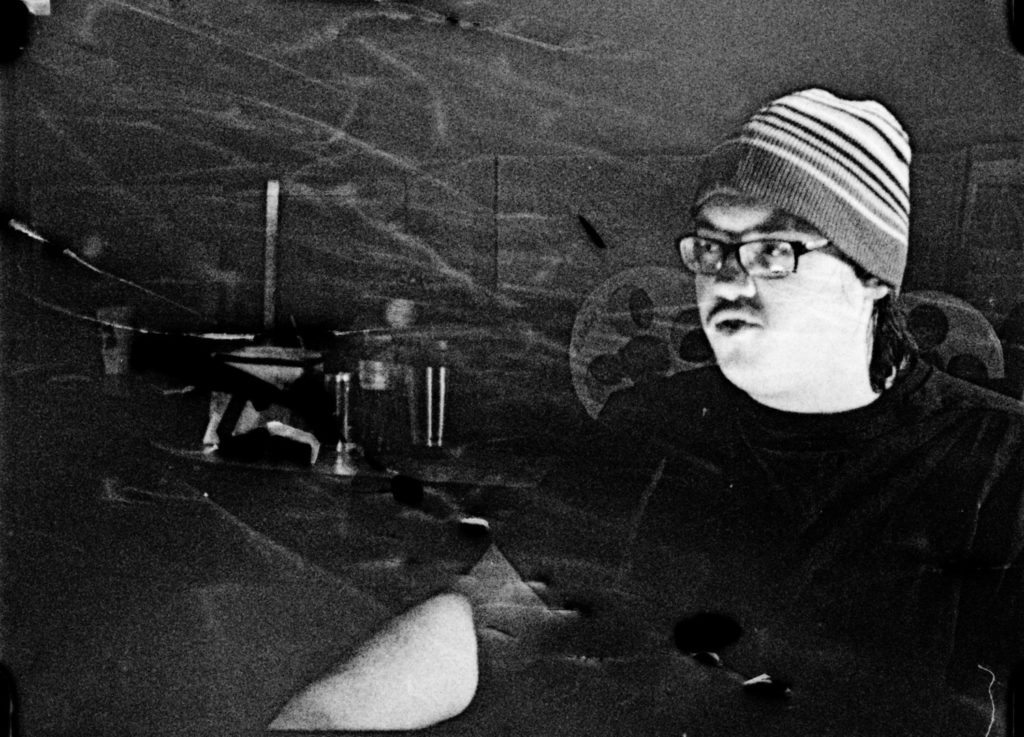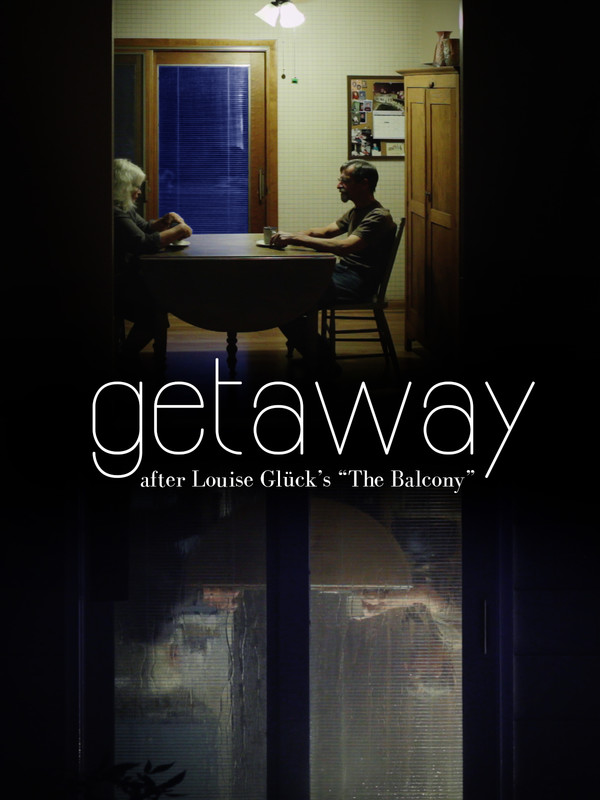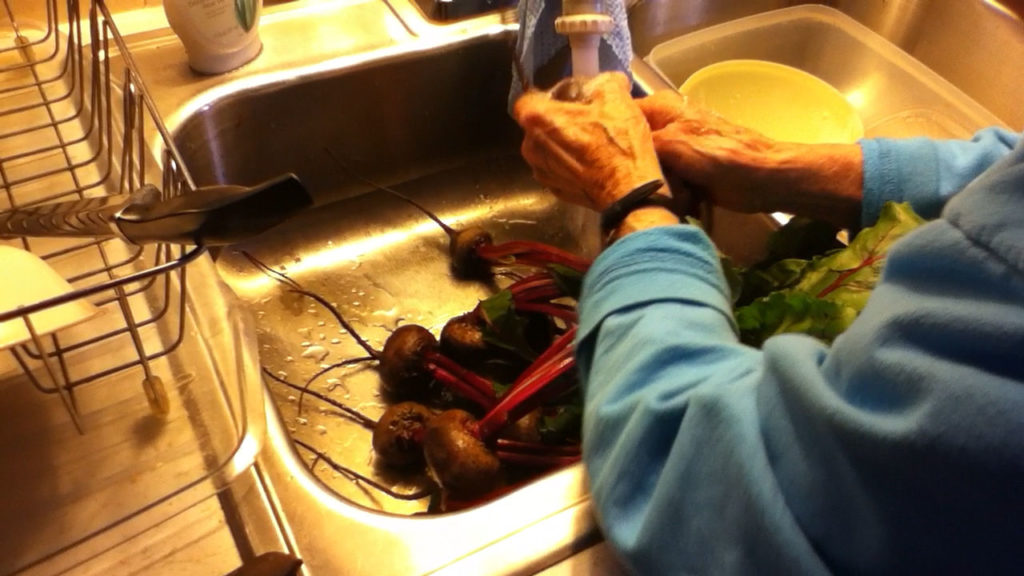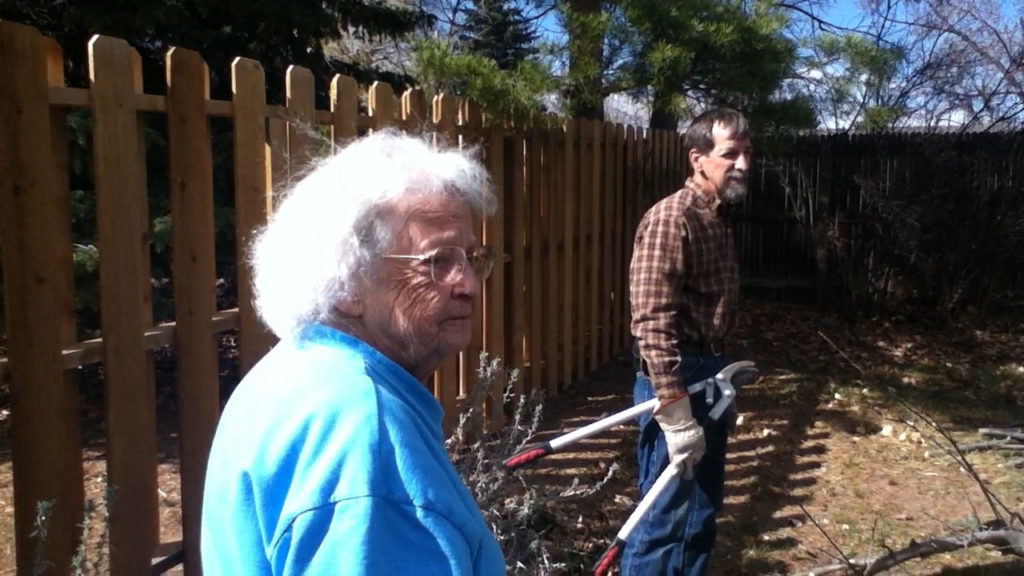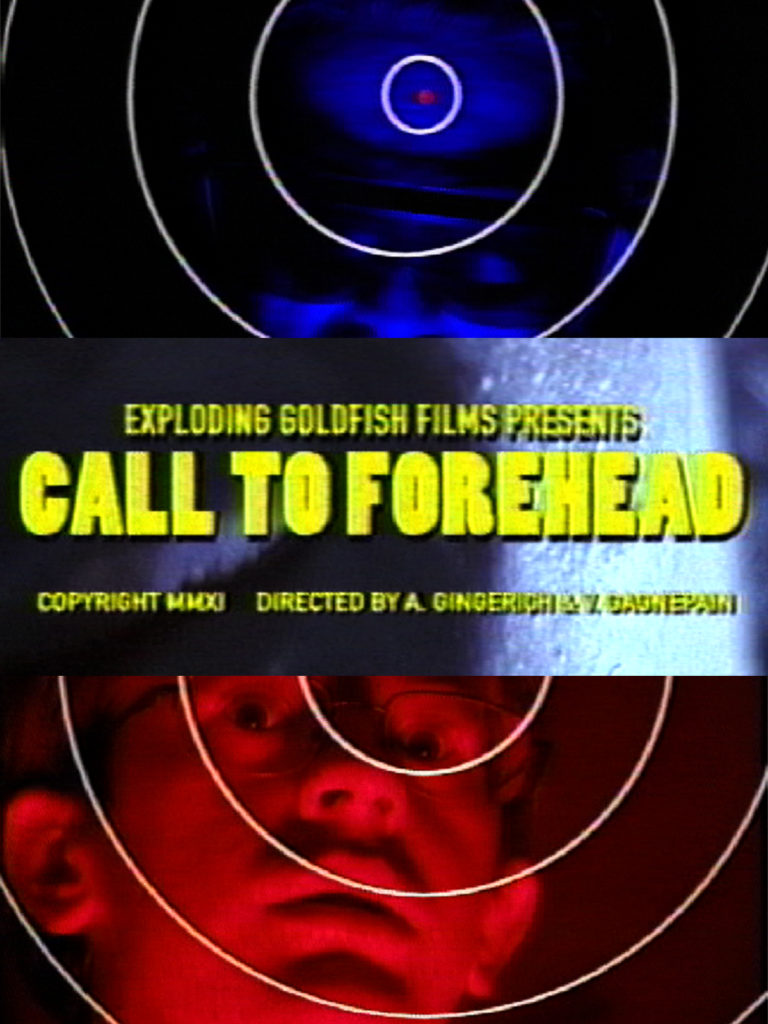- 16 minutes
- HD video/16mm/Super 8
- Color/B&W
- My role: Director/Cinematographer/Editor
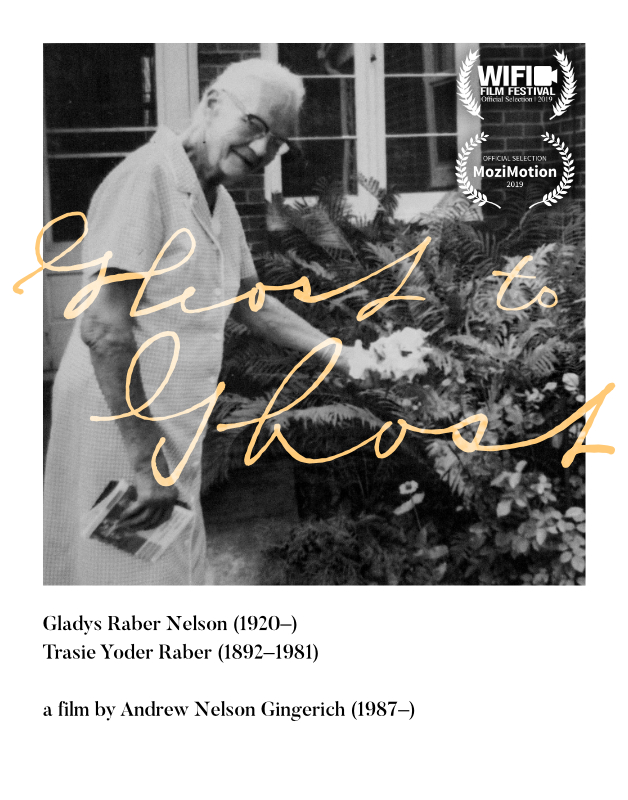
An experimental documentary about death, grief, and humor.
It seems that Trasie’s response to loss was to split in two: on Sundays, she stood in the cemetery and wept uncontrollably. The rest of the week, she was the purveyor of a caustic wit, and seemed to take genuine joy in relentlessly joking about death. These losses, and the ways in which Trasie did her best to cope with them, still trouble Trasie’s daughter, Gladys, nearly a century later.
Director’s Statement
The only recording of my great-grandmother’s voice is a five-minute long skit about coffins recorded sometime around 1940, only a few years after the deaths of her mother, father, brother, husband, and son. The recording is remarkably jubilant, and notable in its stubborn commitment to joking about death.
My grandmother Gladys recalls the deaths of her father and brother distorted by the perspective of childhood, and remembers her mother as a lonely, serious woman wracked by worry and grief.
This piece was my attempt to collaborate with these two women—one living, one dead—to provide context to this remarkable piece of audio and the grim humor at its source.
Screenings
- WIFI Film Festival – Topeka, Kansas
- UWM Department of Film, Video, Animation and New Genres M.F.A. Screening – Milwaukee, Wisconsin
- MoziMotion – Hilversum, Netherlands
Screener available — request a private link!

